Return on Assets (ROA) - an approximate indicator of the coefficient of activity of an enterprise.
It is applicable for:
- Reporting cash receipts to a manufacturing organization.
- Characteristics of the level of financial profit from all active cash investments and the efficiency of the use of property.
- Reflections on the quality of the work of finance managers.
- Serves as an accurate indicator of the income from each individual asset belonging to the production.
Indicator value
The rate of return on assets is very important for investment in enterprises, organizations providing the company with loans, CEOs and persons involved in supply.
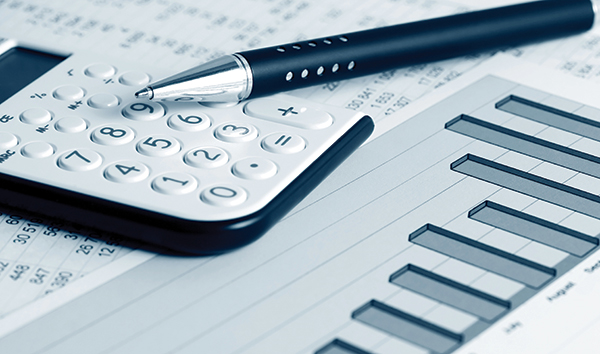
Using the ROA coefficient, you can analyze the level of profitability of a given enterprise, regardless of its cash turnover. Return on Assets is a mirror of the financial viability of a company, its ability to repay loans, attractiveness for investment and competitive ability.
ROA calculation
The return on assets, the formula of which is very simple, is expressed in the coefficient obtained by dividing the profit of production for a certain period of time by the total number of assets. To the number reflecting the amount of net annual cash income, interest contributions and the percentage of the tax rate are added. The amount received is divided by existing production assets and is multiplied by 100%.
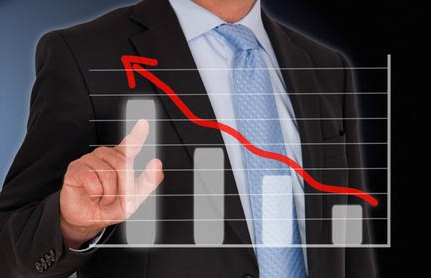
The amount of taken interest must be added to the amount of income received, taking into account the percentage of taxes. Credit payments are classified as gross waste.
Return on assets, the formula of which reveals the indicator of net income of the enterprise, should be without interest payments.
The features of such a calculation are due to the fact that the replenishment of assets occurs through two types of cash receipts - personal funds of the company and the amount taken on credit. When creating assets, the type of finance used does not play a significant role.
The main thing in the business of profit is to analyze how much each monetary unit has been used for the benefit of the company's high profitability, this explains the deduction of all interest payments returned before income tax.
An example of calculating the level of profitability of a company. If we assume that a certain company has assets worth 100 million and net earnings of 20 million, then the company's ROA will be 20%.
Profitability indicator
Return on assets involves the calculation of all assets of the enterprise, and not just its personal funds. Components of the assets of the enterprise through which the company operates are debt obligations and capital.

The higher the “return on assets” indicator, the company receives larger cash receipts with a small level of investor investment.
The main task of the management of any enterprise is the correct distribution of financial resources of the company. The question is how effectively leverage the distribution of finances, and whether this organization can give a high rate of return on assets with small investments. After all, any company in the presence of investor investments can be very profitable.
Calculation of the profitability ratio of net assets (RONA)
Return on net assets (RONA) is an indicator of the rational use of capital, the company's ability to make large profits through the money invested in it by the owners.
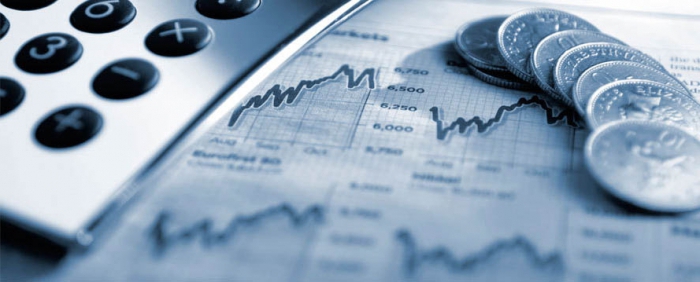
Each owner of the company seeks to increase the rate of return on its assets. The net profit received by her shows how appropriate financial investments are in this company, and also reflects the indicator on dividend payments and affects the value of assets.
The calculation is based on the ratio of the amount of profit with tax to the average annual rate of non-performing assets and net cash flow plus funds from the cash fund.
RONA formula is similar to calculation profitability level assets ”, but it has its own difference in that capital expenses of the organization are not taken into account. Return on assets - an indicator of the level of performance in the market.
RONA serves as a warning to financial managers about the existence of costs for the purchase and maintenance of company assets.
The basis is the annual income after payment of due taxes (NOPAT).
By taking into account the indicator of payments on loans, the deficiency is eliminated, which implies an erroneous comparison of income after interest rates are paid with the asset base.
Despite the apparent accuracy of the calculations, the RONA indicator raises some doubts among economists that it can be taken as the basis for calculating the financial policy of the company and the profitability of this enterprise. In their opinion, this method can cause serious shortcomings in the work of the company.
The negative sides of calculating RONA
The first minus: the calculation reflects only accounting cash receipts, and not the cash flow itself. The cost of a financial strategy depends on the amount and cash flow, which is associated with great risk. The calculation by the RONA method may be incorrect, an erroneous figure will be used incorrectly when making certain financial decisions.
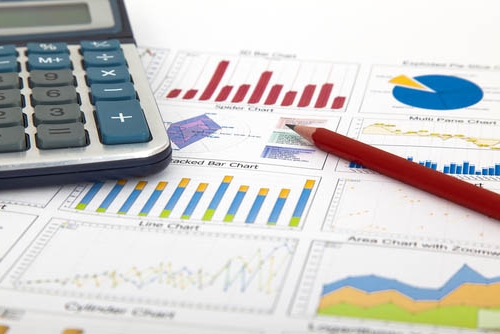
The second minus of this method is that RONA acts as a fundamental value for evaluating the performance and bonus accruals to financial managers. This can lead to the use of strategies that are not in the interests of investors. If the financial managers of the departments of the enterprise are striving for a complete increase in the return on assets of their division, then this is fraught with the danger that departments with a high profitability indicator simply will not work on projects that bring most of the company's income.
What are net assets?
This is an indicator of the difference between the active and passive amount of the enterprise. To be more precise, this is the profitability of current assets and fixed assets secured by the organization’s investments. Net assets - an indicator of the cost of all property of the enterprise without any obligation to pay debt.
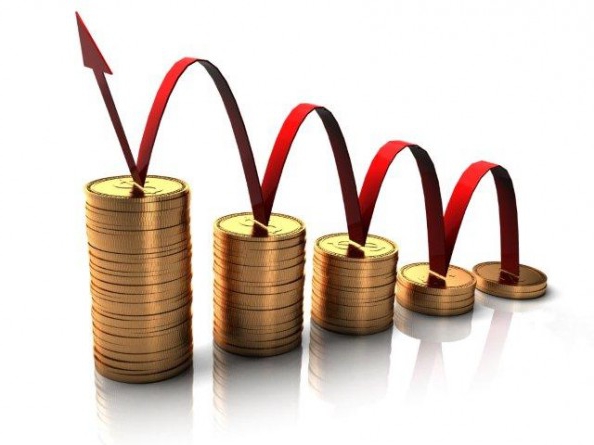
The number of net assets indicates the financial viability of the company and its competitiveness. It should be noted that the price of net assets can be overestimated artificially to attract more investment, and it will be revealed by a real figure when paying dividends to investors.
Factors Affecting RONA
If the level of net assets increases, then this indicates a positive activity of the company itself, and here the following factors played an important role:
- The sales ratio has increased sufficiently.
- The net asset turnover has also increased.
